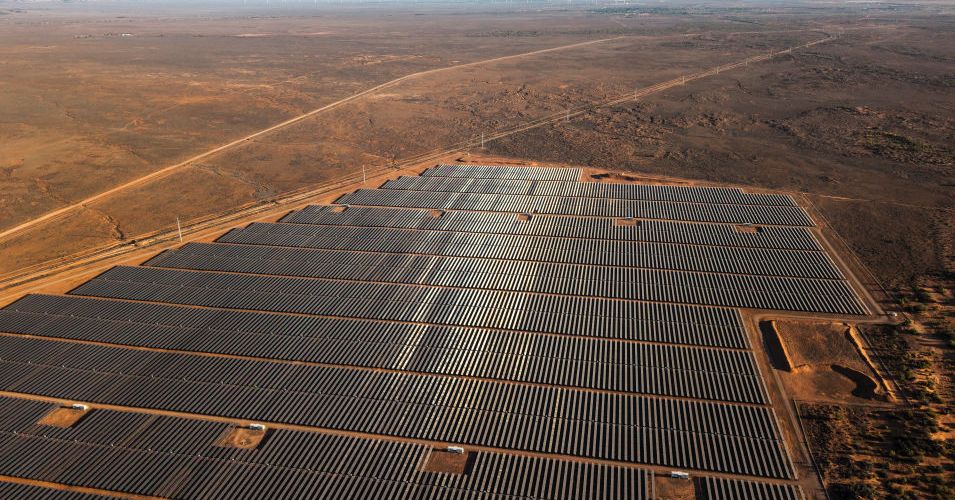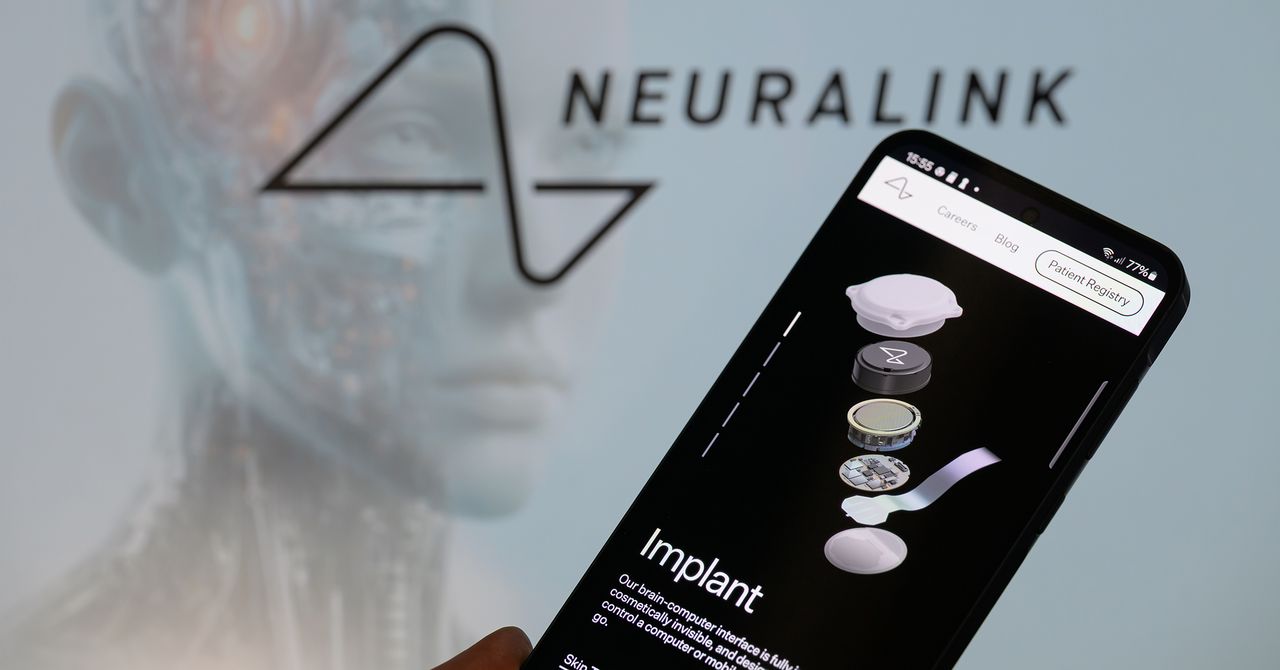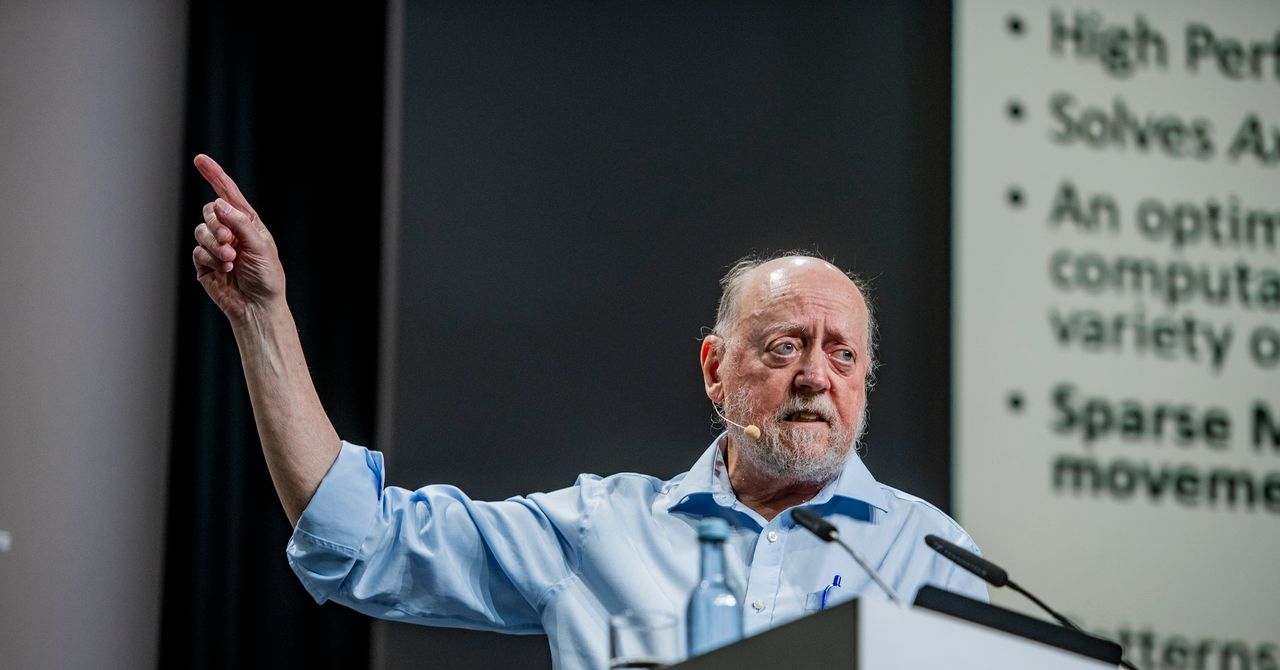“[The clutch] it’s like 1950s technology: it’s really boring,” Westerman said (“boring,” for network operators, is the highest form of praise). “The marginal cost of putting this in place is nothing compared to the cost of the plant.”
A company called SSS has been making these clutches for decades. One of them is almost operational in the state of Queensland, at the Townsville gas plant, which Siemens Energy converts in what he calls a “hybrid rotating gate stabilizer.” Siemens says this project is the world’s first conversion of a gas turbine of this size.
This particular upgrade took approximately 18 months to complete and involved moving ancillary components to Townsville to make room for the new clutch. So it’s not instantaneous, but much easier than building a new synchronous condenser from scratch, and it’s about half the cost, for Siemens.
Some new long-term storage techniques also provide their own rotating mass. Canadian startup Hydrostor plans to launch a fully permitted and contracted project in Broken Hill, a town in the heart of outback New South Wales, early next year.
Broken Hill gave its name to BHP, which started there as a silver mine in 1885 and grew into one of the world’s largest mining companies. More recently, the desert landscape played host to the post-apocalyptic car chases of Mad Max 2. Today, around 18,000 people live there, at the end of a long line connecting to the wider network.
Hydrostor will boost local electricity by digging an underground cavity and compressing air into it; releasing the compressed air spins a turbine to regenerate up to 200 megawatts for up to eight hours, serving the community in the event of a grid connection outage and otherwise delivering clean energy to the wider grid.
But unlike batteries, Hydrostor technology uses old-fashioned generators and its compressors contribute to the extra rotation of the metal.
“We have a clutch planned for New South Wales because they need inertia,” Hydrostor CEO Jon Norman said. “It’s so simple; it’s like the same clutches on your standard car.”
Transmission network operator Transgrid has launched a competitive process to determine how best to keep the system secure in Broken Hill in case it needs to operate outside the network, Norman said. This analysis chose Hydrostor’s offering of simply inserting a clutch when installing its machines.
The project has yet to be built, but if emerging clean storage technologies could step in to keep the grid secure, it wouldn’t all have to come from ghostly gas plants lingering on the system.
“It’s a different feeling [in Australia]”There’s a possible, go get ’em, ‘put me in coach’ attitude,” said Audrey Zibelman, the American grid expert who led AEMO before Westerman. “When you are committed to saying the best way to do this, as opposed to why it’s hard or why it doesn’t work, the solutions appear.”




